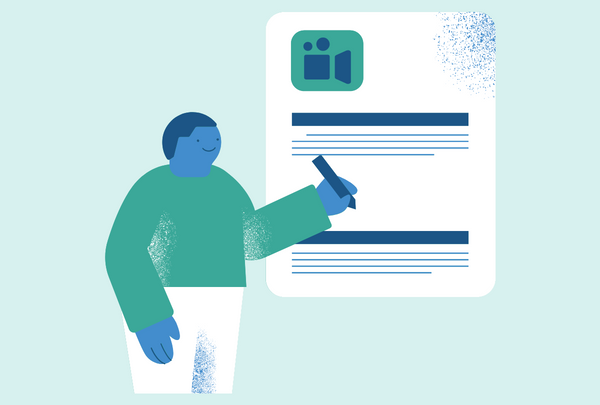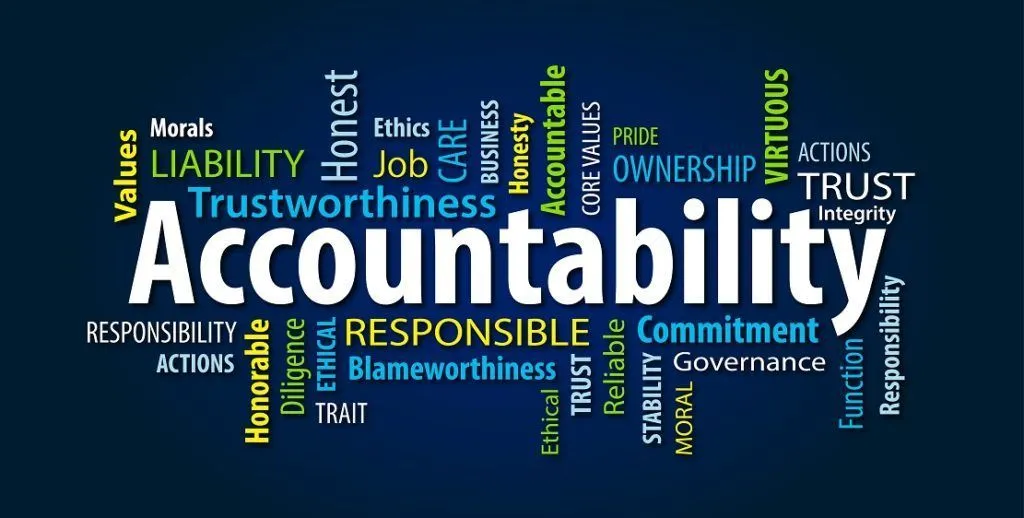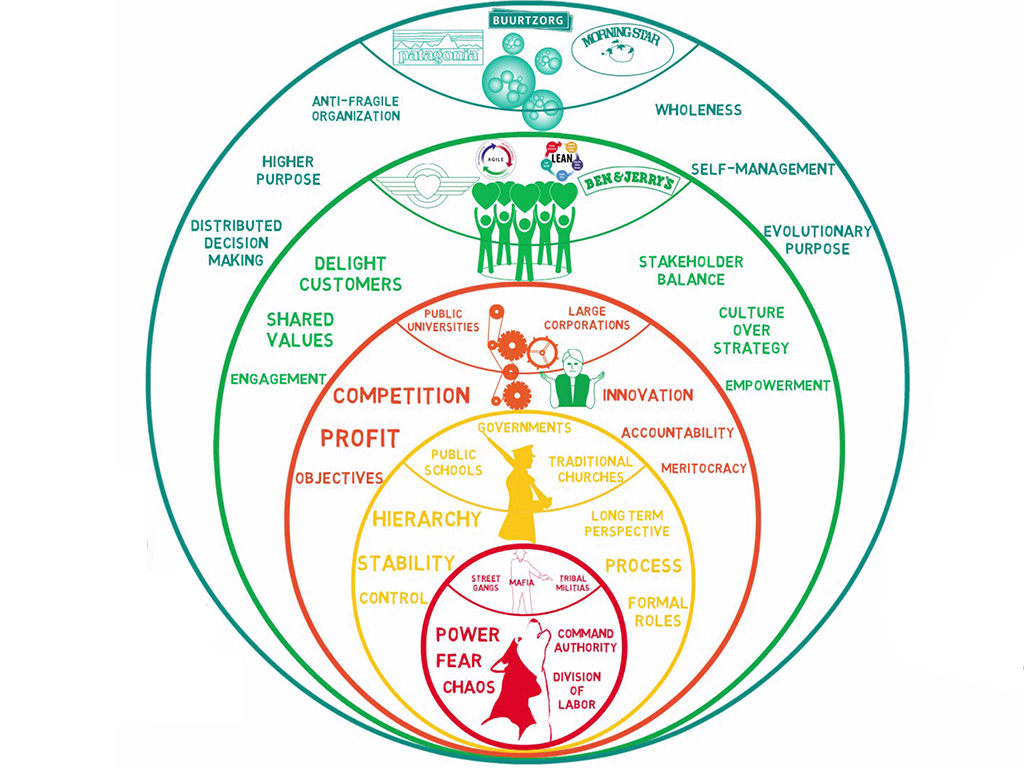Coaching Accountability: Creating Consensus with Your Agile Team
By Team Lean Agile Intelligence

Create Consensus and Establish Role Clarity
To enhance team management in an agile environment, it's crucial to prioritize Coaching Accountability or the ability to create consensus, role clarity, and commitment with the team. Agile Coaches and Scrum Masters must ensure that team members understand their roles and responsibilities, and work collaboratively towards shared goals.
In this post, we discuss the best practices of Coaching Accountability. Following the foundational techniques at different stages of your learning journey, you can ensure to learn about the best strategies to bring back to the team. However, Coaching Accountability is just one part of the big picture, if you want a holistic view of your coaching current process status, take advantage of our free agile assessment for Scrum Masters and Agile Coaches.
Coaching Accountability and The Learning Journey
At Lean Agile Intelligence, we recognize Coaching Accountability as the individual's ability to create role clarity, consensus, and commitment. We divided the learning journey into 4 different stages: Developing, Emerging, Adapting, and Optimizing. In the following sections, we will discuss each stage in detail as well as provide practical tips and techniques to help you extend your skills in this area.

Source - Accountability
Developing
A coach “developing” an understanding of the value of Coaching Accountability and adopting the foundational techniques should focus on the following improvements:
-
The What: Is well-versed in the concept of "self-organization" and can facilitate consensus on delivery commitments
-
The How: The three pillars of scrum are transparency, inspection, and adaption. In order to improve it’s critical to coach transparency. One way to get started is at the daily scrum. The Daily Scrum is an official inspect and adapt event in scrum. Before discussing the progress toward the current plan or making changes to the plan, the team should use a visual board to inspect the current status of all the work and the plan itself. Traditionally scrum teams use the “To Do, In Progress, Done” format for a board but there are no rules for how your board should be organized. In fact, many teams prefer to map out their actual process into divide it into columns on a board. What is important is that all work is visualized and represents the current state.
- The How: A self-organizing agile team is a team that is empowered to make its own decisions and to take responsibility for its work. They can work collaboratively, communicate effectively, and adapt to changing requirements and circumstances without needing constant direction or intervention from a manager or leader. There are a wide array of facilitation techniques available that can help with developing self-organization. For some examples, see this free resource.
-
The What: Promotes collaboration but provides coaching on role clarity, and activity responsibility
-
The How: Creating working agreements is a fundamental step toward building accountability. Roles and responsibilities should be clearly detailed in the working agreements of the team. As the name suggests, “working agreements” should be agreed upon by everyone on the team. In order for them to be effective, they should be created with input from everyone on the team using group facilitation techniques. In this post by Thomas Kuryua, Thomas details a fantastic approach to facilitating a working agreement session.
-

Emerging
A coach “emerging” beyond the foundational techniques of Coaching Accountability and embracing it as they become more proficient should focus on the following improvements:
-
The What: Facilitates working agreements creation , including norms & guidelines, clearly defined roles, responsibilities, and decision delegation level
- The How: Creating working agreements is a fundamental step toward building accountability. Roles and responsibilities should be clearly detailed in the working agreements of the team. As the name suggests, “working agreements” should be agreed upon by everyone on the team. In order for them to be effective, they should be created with input from everyone on the team using group facilitation techniques. In this post by Thomas Kuryua, Thomas details a fantastic approach to facilitating a working agreement session.
-
The What: Coaches others on techniques for self-accountability and group accountability to respect their working agreements
-
The How: One technique we recommend learning about is the "Responsibility Process" by Christopher Avery. The Responsibility Process is a model to help individuals and teams take ownership and accountability for their actions, decisions, and outcomes. The process consists of five stages: Denial, Blame, Justification, Shame, and Responsibility. To learn more, check out his website and book here.
- The How: In addition to the working agreements themselves, the team should agree on how they will handle a situation in which the working agreements are not being respected. In his book “Reinventing Organizations,” Fredric Laloux describes a few real-world examples. At Buurtzorg they even went as far as having a physical bell that the team uses! While we are not suggesting using a physical bell (although you certainly could!) we are suggesting agreeing upon any technique. Quoting directly from the book:
- “before each meeting, somebody is designated to « hold the bell ». When somebody is hostile and not constructive, the appointed person can ring the bell. The meeting can resume when the bell is not ringing anymore. Today, the bell is almost not used anymore as people have changed their attitude”
-
-
The What: Coaches the team to regularly retrospect their goals and objectives and techniques for facilitation of retrospectives
-
The How: Coaches can use Lean Agile Intelligence to establish an improvement and learning roadmap and assess their progress on a regular basis. We recommend using the platform at least quarterly but many organizations are using it even at retrospectives by choosing one or a few practices to assess as well as team metrics and trends. A good place to start is to revisit the working agreements at team retrospectives and ask the team questions such as… “How are we holding each other accountable to our working agreements?” “Is there anything we should add or remove?” “Are there any working agreements that need to change?”
-
* * * * * *
"Creating working agreements is a fundamental step toward building accountability."
* * * * * *
Adapting
A coach that is “adapting” the Coaching Accountability to extract the full benefit should focus on the following improvements:
-
The What: Coaches others on the importance of continuously refining and adjusting their working agreements in retrospectives or in real-time when the situation is warranted
-
The How: Coaches can use Lean Agile Intelligence to establish an improvement and learning roadmap and assess their progress regularly. We recommend using the platform at least quarterly. Many organizations are using it even at retrospectives by choosing one or a few practices to assess team metrics and trends. An excellent place to start is to revisit the working agreements at team retrospectives and ask the team questions such as: “How are we holding each other accountable to our working agreements?” “Is there anything we should add or remove?” “Are there any working agreements that need to change?”
-
The How: In addition to facilitating retrospectives, coaches should provide real-time feedback to teams and team members on the importance of refining and adjusting working agreements as the need arises. For example, if a team is facing challenges in their collaboration, a coach can provide feedback during daily stand-up meetings or other team interactions, highlighting the need to revisit their working agreements and make necessary adjustments. This real-time feedback can help teams understand the immediate impact of working agreements and reinforce the importance of regularly refining and adjusting them.
-
-
The What: Teaches how to establish common practical goals in a clear format (i.e., SMART)
-
The How: When teaching others to create SMART goals or other goal format, coaches should create a template or guideline for teams. This template or guideline can outline the key components of SMART goals and provide prompts or questions to help teams think through each criterion. For example, it could include sections for Specific (What do we want to achieve?), Measurable (How will we measure success?), Achievable (Is it realistic and attainable?), Relevant (Is it aligned with team or organizational objectives?), and Time-bound (When do we aim to achieve it?). Coaches can share this template or guideline with teams and coach them on how to use it effectively in goal-setting discussions.
- The How: Set up a collaborative goal-setting sessions, workshop, or training to give team members opportunities to work together and practice establishing common practical goals using the SMART criteria. Coaches can guide teams through a structured process of discussing and defining goals that are specific, measurable, achievable, relevant, and time-bound. They can encourage team members to share their ideas and perspectives, and facilitate discussions to ensure that the goals are aligned with team or organizational objectives and meet the SMART criteria.
-
-
The What: Helps leadership craft objective success criteria and measurements to assess organization teams and members
-
The How: As a coach, helping leadership see the outcomes delivered by the team is critical to showcase the value of Agile practices and enable informed decision-making. To do this coach has to help craft good objective success criteria in order to showcase the team's achievements and impacts on business outcomes. Defining clear outcome metrics that are specific, measurable, and aligned with business outcomes, such as increased revenue, improved customer satisfaction, or reduced cycle time is the first step. By defining outcome metrics, the Agile coach can help the team and leadership have a shared understanding of what success looks like and enable measurement of the team's progress. Once there are data and analytics, a coach can leverage that to provide insights into the team's outcomes and progress. This includes creating visualizations, reports, or presentations that clearly demonstrate the value delivered by the team.

-
Source - Reinventing Management, Part 1: What Color Is Your Organization
Optimizing
A coach “optimizing” knowledge sharing of the Coaching Accountability practice learnings across the enterprise should focus on the following improvements:
-
The What: Teaches and shares advanced techniques to create Accountability outside of those they directly support (i.e., Communities of Practice, Workshops, Mentoring)
-
The How: One coaching technique we recommend is helping to formulate key OKRs which connect strategy to execution based on product performance. It’s not enough to create OKRs but for them to be valuable, everyone involved in executing the OKRs needs to understand how their daily work aligns with OKRs. One tip for accomplishing this is to tie the success criteria of features and stories back up to the OKRs and regularly review OKR performance with everyone involved. More info about OKRs can be found here.
- The How: Communities of Practice: Coaches can facilitate Communities of Practice (CoP) where individuals or teams with similar interests or roles come together to learn and share their knowledge and experiences. These CoPs can be organized around specific topics or domains, such as advanced Agile practices, DevOps, or leadership. Coaches can create a platform for CoP members to collaborate, share resources, and discuss advanced techniques related to accountability. They can also facilitate regular meetings or workshops where CoP members can present and discuss their learnings and experiences with advanced techniques to create accountability in their respective areas of expertise.
-
* * * * * *
"A large part of growth as an agile coach is the ability to share your knowledge and experiences with peers and learn from one another."
* * * * * *
Conclusion
Effective team management in an agile environment depends greatly on coaching accountability. Agile Coaches and Scrum Masters can leverage a range of techniques, including facilitating working agreements, promoting self-accountability, and conducting team retrospectives, to further enhance team performance. To determine the most effective approach, it's important to first assess your current agile process. Our free agile assessment for Scrum Master or Agile Coach provides a complete overview of your coaching process status, so if you're interested, give it a try.